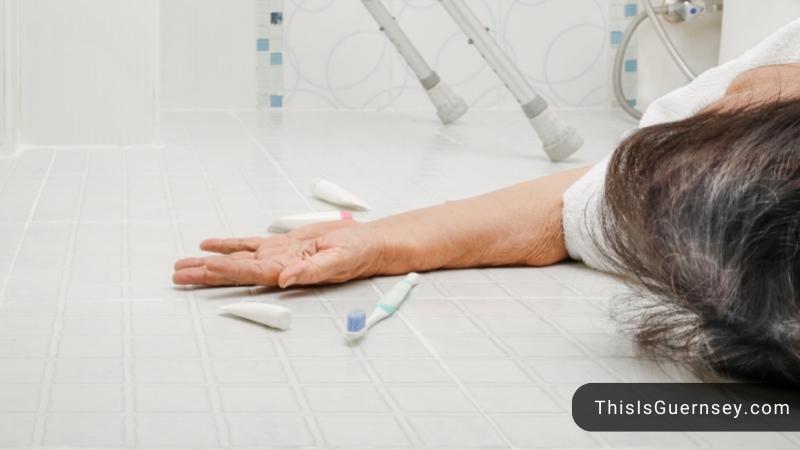If you want to know how to help an overweight elderly person off the floor, we have got you covered! If you’re responsible for helping an older adult off the floor, you’ll need to be prepared for any situation. Check out the 4 steps to help an elder get up after falling over or any other possible situation.
The 4 steps of reactions that you need to follow are:
- Step 1: Call 911 or the fire department for consultation
- Step 2: Check their neck, back, and knees
- Step 3: Prepare a sheet and call more people for help
- Step 4: Lift their upper body first and the entire body later
How To Help An Overweight Elderly Person Off The Floor
To help an overweight elder off the floor safely after a fall or a dangerous situation, you need to follow these 4 steps strictly.
Step 1: Call 911 or the fire department for consultation
The first step that you need to take is not to try to lift the person yourself but to call 911 or the fire department, especially when the reason why the elder is on the floor is because of a fall or any medical condition.
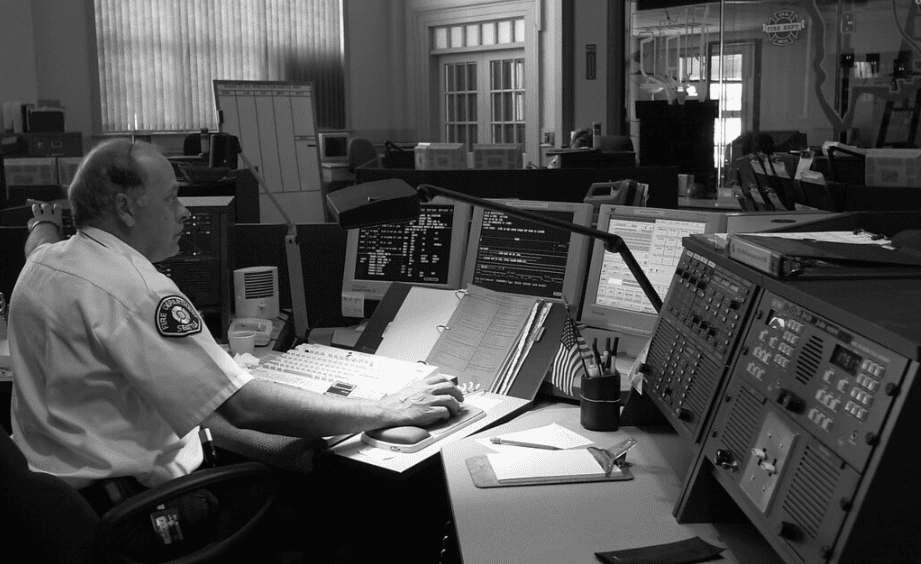
Call the 2 responsible departments mentioned above and describe how the elder ends up in the position in the first place. They should arrive if your description is severe enough, or they will give you consultation if the situation isn’t urgent. Either way, calling them is the obligatory first thought that crosses your mind in these types of situations.
Step 2: Check their neck, back, and knees
If the condition isn’t severe and involves supporting the elder in standing up only, you can try lifting them by yourself without the help of 911 or the fire dept. But, before attempting an uncertain lift, you must first check their neck, back, and knees. These are some of the weakest points that may push the situation to a negative extreme that you don’t anticipate if you don’t check them first.
What should you do? The easiest first step is to ask the elder directly about these points to see if they feel any pain there. Don’t make generic questions like “are you hurt anywhere?” and shrug it off. Make more specific questions like “are your knees hurt?”, “do you feel pain in your neck?” then ask the final question if they are hurt anywhere else. This will give you total control over the situation.
The second phase is to check with your own eyes. Search for open wounds and bruises around the important joints (neck, knees, and back). Don’t miss anything because sometimes people don’t feel pain right after an injury due to stress-induced analgesia.
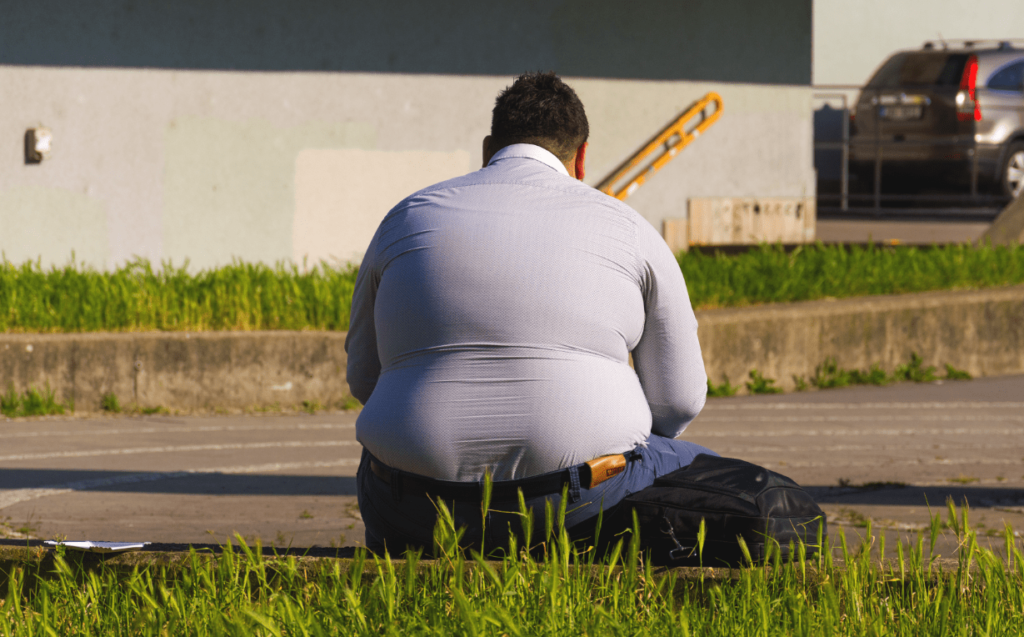
Step 3: Prepare a sheet and call more people for help
Lifting an overweight person requires effort from a crowd, not just because it’s a difficult task but also because it’s safer for the elder. Prepare a sheet for a safe lift and call for various adults with good grips (hopefully, you can). Choose a sheet that has a light stretch to it to avoid discomfort. But don’t choose anything more than medium stretch as it can make the weight seems even heavier.
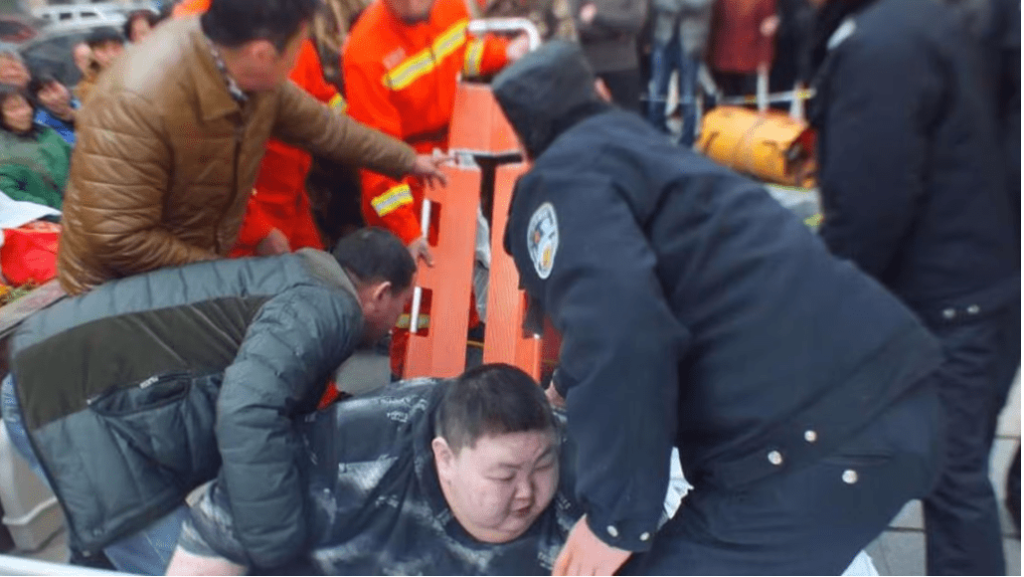
Step 4: Lift their upper body first and the entire body later
Don’t try just to go ahead and lift the person by their armpits. Instead, go from the upper section of their body to the lower half. Give them time to adjust their posture and feel if they are in pain anywhere from the movement.
Use the sheet to support their neck and back, and try to pull them up in synchronization to avoid displacing any body part. Let them sit before pulling them up by their armpits while supporting their lower back. The key is to somewhat allow them to stand up on their own and feel their body’s reaction.
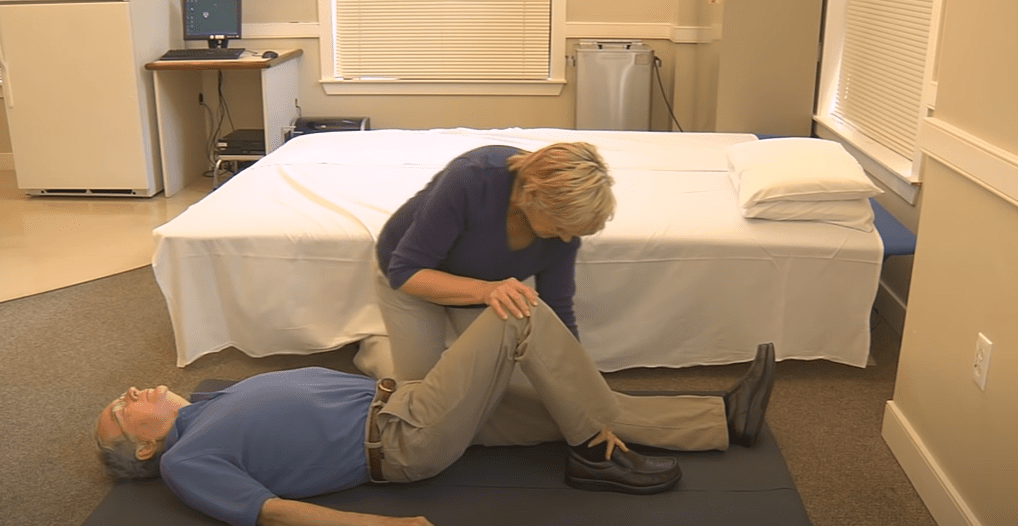
How To Lift Someone Off The Floor With A Sheet
To lift someone off the floor with a sheet, follow these steps:
- Step 1: Choose a light-stretch sheet
- Step 2: Position the sheet under their back and try to pull it under their body entirely from there. It will be easier. There is no need to adjust the limps of body position since we don’t know exactly what kind of problem that person is facing.
- Step 3: You need 4 persons to lift the person off the floor. Each person should hold the 4 ends of the sheet. Count to 3 and lift right away simultaneously to avoid making the person slip off the sheet.
How To Help Obese Person Who Has Fallen
Basically, you should follow the same steps that we suggested for lifting obese elders. Whenever someone falls, some of their body parts can hit on objects without us knowing, and these body parts can be the key that leads to a very critical consequence. Most of the time, the back of the neck and the spine are the devils of a tragic fall. So make sure that these are the first body parts you check after someone falls.
FAQs
How do you get an obese person off the floor?
Use the sheet to pull while others help push the upper body up straight from behind. This is teamwork and should always be done in a team.
Should obese people lift heavy?
A recent study reveals that persons who are overweight or obese may still grow muscle with resistance exercise, contrary to widespread assumption. But, lifting too heavy is not good either because it’s not good for the joints. Instead, try to increase the weight with time.
What does it mean when an elderly person keeps falling?
A fall might indicate a new and significant medical disease that requires attention. For example, an elderly person may get weaker and fall due to ailments such as dehydration or a severe urinary tract infection.

I’m Renee L. Bazile, and I’m passionate about health and fitness. Keeping fit and active has always been a passion of mine.
I graduated from Nova Southeastern University with a degree in Exercise Science. I believe being healthy and fit is the key to a happy and successful life.
Over the past ten years, I have trained more than 10.000 clients in the fitness industry. My goal is to help others achieve their fitness goals. The saying goes, “If you don’t use it, you lose it.” Therefore, we all need to exercise regularly to maintain health and fitness.
In 2019, I became an expert on health & fitness topics for ThisIsGuernsey after starting my blog about health & fitness. I relax and rebalance my life by walking, fishing, and blogging in my free time.
